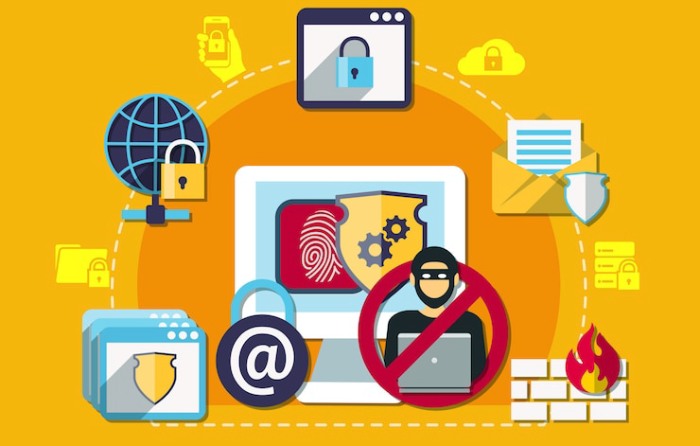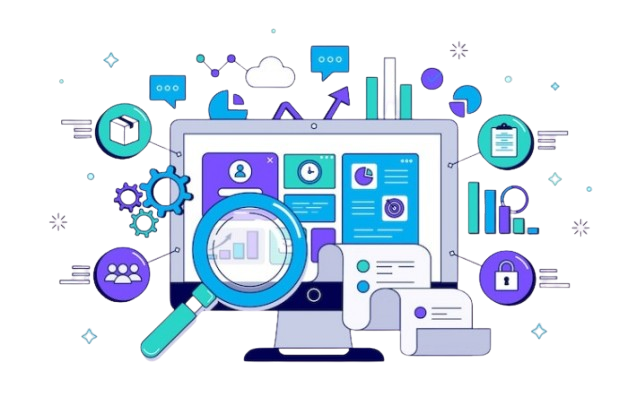Streamline Threat Detection Through
Advanced DMARC Report Service Tools
With the increasing sophistication and occurrence of cyber threats, businesses face ongoing demands to strengthen their email security measures. A highly effective strategy for countering email attacks such as phishing, spoofing, and impersonation is the adoption of DMARC (Domain-based Message Authentication, Reporting, and Conformance). However, simply implementing DMARC isn't sufficient; it necessitates ongoing monitoring and analysis of reports for optimal effectiveness. This is where advanced DMARC reporting tools become essential, simplifying the management process and improving the detection of potential threats. To uncover more, simply click the link.
Understanding DMARC and Its Role in Email Security
DMARC is a protocol that enhances the capabilities of SPF (Sender Policy Framework) and DKIM (DomainKeys Identified Mail), enabling domain owners to safeguard their domains against unauthorized usage. It empowers them to set forth policies that instruct email receivers on how to manage messages that do not pass SPF or DKIM verification. An essential feature of DMARC is its feedback mechanism, which provides organizations with visibility into how their domains are being utilized or misused within the email landscape.
The reports generated by DMARC—namely Aggregate (RUA) and Forensic (RUF) reports—deliver crucial insights regarding authentication outcomes, sources of email sending, and instances of potential misuse. However, the raw XML files produced by these reports can be quite daunting to analyze manually. This is where sophisticated reporting tools come into play, helping to interpret and visualize the data in a more comprehensible manner.
Benefits of Using Advanced DMARC Report Service Tools
1. Centralized Report Management
One of the key advantages of utilizing DMARC reporting tools is the ability to manage everything from a single location. Rather than dealing with countless XML files from various email providers, these tools streamline the information into an easy-to-navigate dashboard. This unified perspective allows IT and security teams to swiftly evaluate the health of their domain, monitor authentication success rates, and pinpoint any unauthorized email senders.

2. Enhanced Threat Detection
A primary motivation for organizations to implement DMARC is to identify and thwart spoofing attempts. Sophisticated solutions leverage machine learning and real-time data analysis to recognize trends in email activity, highlighting irregularities that could signal a potential risk. This encompasses unusual sending IPs, abrupt increases in email traffic, or authentication failures from sources that were once deemed reliable.
By eliminating false alarms and honing in on genuine threats, these tools enhance the effectiveness of the security team’s response by minimizing distractions.
3. Detailed Visualization and Analytics
Analyzing DMARC data by hand can be labor-intensive and is susceptible to mistakes. Sophisticated tools provide visual representations, such as charts, graphs, and heatmaps, which illustrate trends in authentication and possible security risks over time. These visual aids simplify the process of:
- Monitoring the success of DMARC policies
- Detecting incorrectly configured legitimate senders
- Focusing remediation priorities
Additionally, certain platforms include geolocation mapping features that indicate the origins of suspicious email traffic, assisting security teams in pinpointing the source of the problem.
4. Policy Enforcement Assistance
DMARC provides three policy options: none, quarantine, and reject. Transitioning from a none policy to full enforcement (reject) necessitates diligent oversight to ensure that legitimate emails are not inadvertently blocked. Enhanced DMARC services assist users in navigating this process by offering confidence ratings, impact evaluations, and simulations. They aid in assessing the appropriate time to adopt a stricter policy while maintaining email deliverability.

5. Automated Alerts and Incident Response
In the realm of cybersecurity, timeliness is crucial. Rapid detection of threats allows for swift mitigation efforts. DMARC tools provide automated notifications when they identify any atypical activities or breaches in policy. This empowers security teams to respond promptly by examining unfamiliar sending sources or modifying policies, thereby preventing a possible breach from affecting the organization.
Choosing the Right DMARC Report Service Tool
Key Features to Look For
When assessing DMARC reporting solutions, consider the following factors:
- Instantaneous reporting: Quick access to insights regarding email traffic trends.
- Intuitive dashboards: Easy-to-understand visual data displays for users with varying technical expertise.
- Enhanced filtering and search options: The capability to focus on particular domains, IP addresses, or authentication issues.
- Integration options: Compatibility with SIEM (Security Information and Event Management) systems, ticketing software, or other security applications.
- Scalability: Designed to accommodate both small enterprises and large organizations.
Top Providers in the Market
Several prominent solutions in this domain are:
- Valimail
- DMARC Analyzer
- Agari
- Proofpoint
- EasyDMARC
Each of these tools has its own distinct advantages, making the selection process largely influenced by the organization's scale, financial resources, and current security framework.